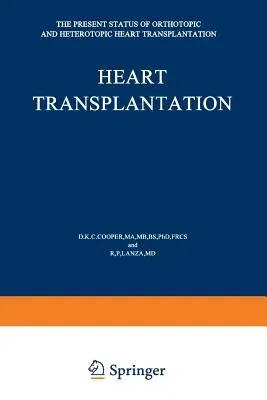Heart Transplantation: The Present Status of Orthotopic and Heterotopic Heart Transplantation (Softcover Reprint of the Original 1st 1984)Paperback - Softcover Reprint of the Original 1st 1984, 29 February 2012

Qty
1
Turbo
Ships in 2 - 3 days
In Stock
Free Delivery
Cash on Delivery
15 Days
Free Returns
Secure Checkout
Print Length
384 pages
Language
English
Publisher
Springer
Date Published
29 Feb 2012
ISBN-10
9401173265
ISBN-13
9789401173261
Description
Product Details
Book Edition:
Softcover Reprint of the Original 1st 1984
Book Format:
Paperback
Country of Origin:
NL
Date Published:
29 February 2012
Dimensions:
23.39 x
15.6 x
2.01 cm
ISBN-10:
9401173265
ISBN-13:
9789401173261
Language:
English
Location:
Dordrecht
Pages:
384
Publisher:
Weight:
535.24 gm

